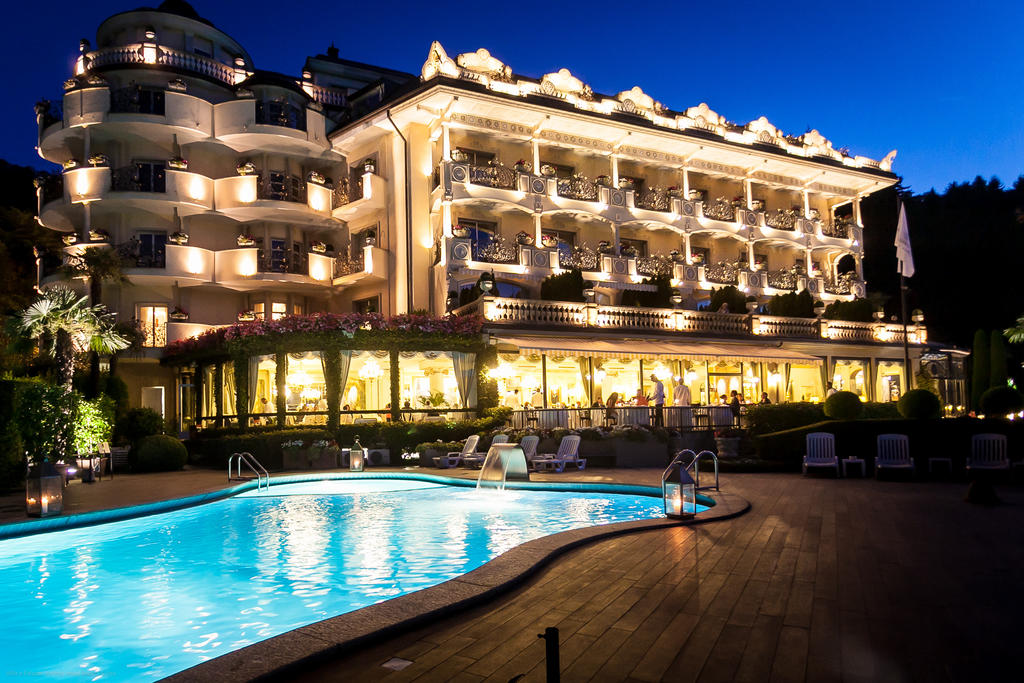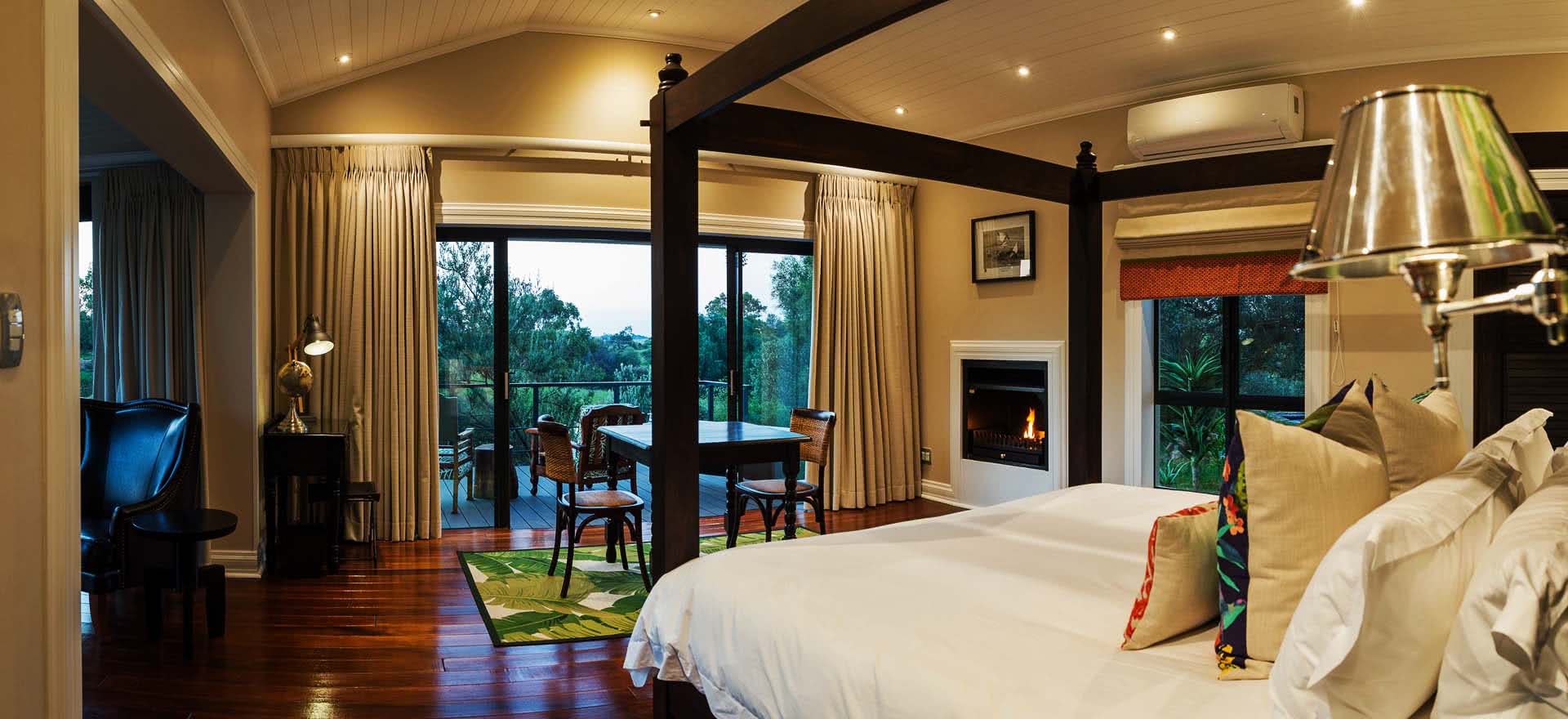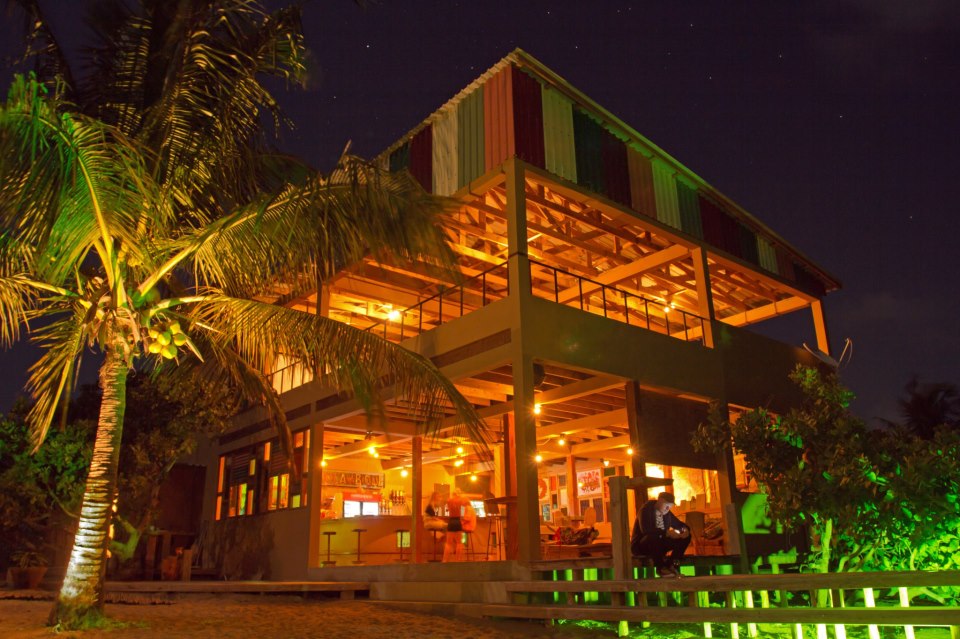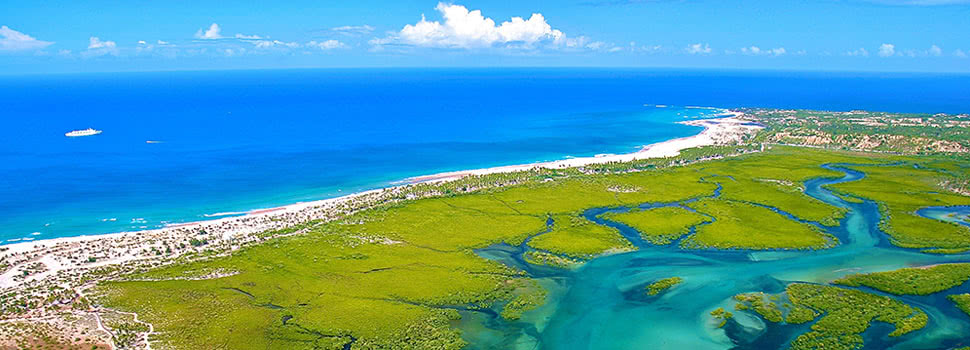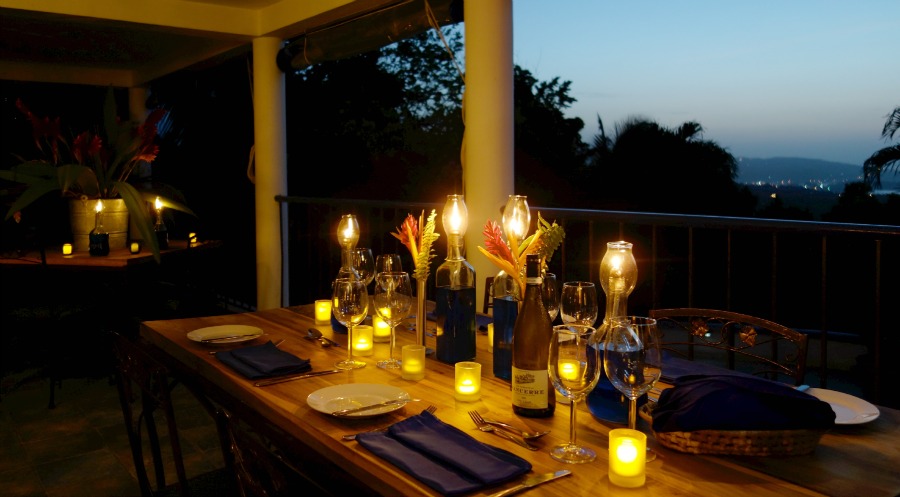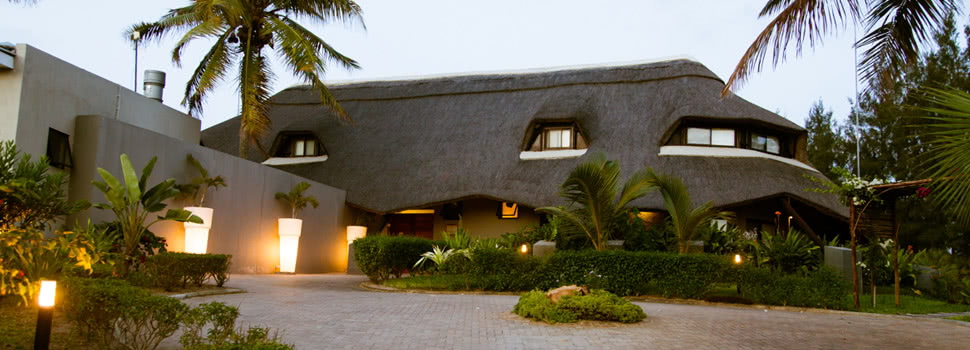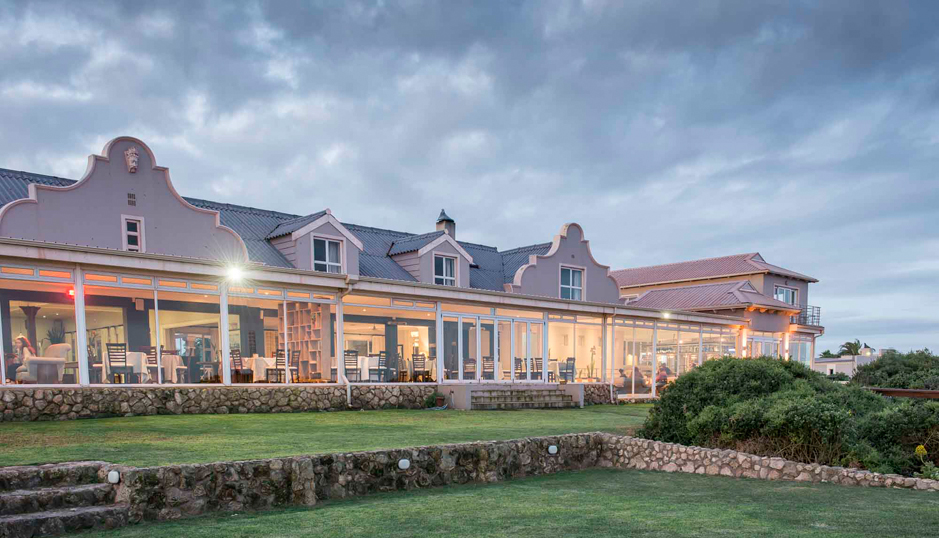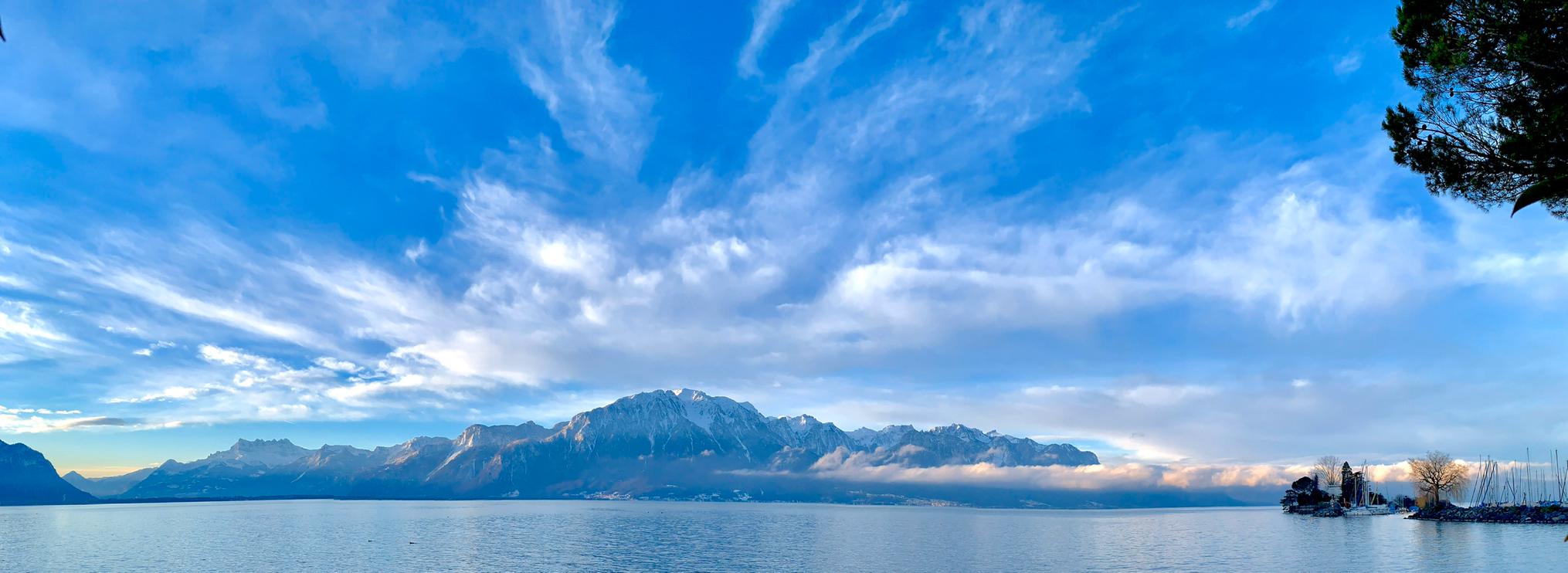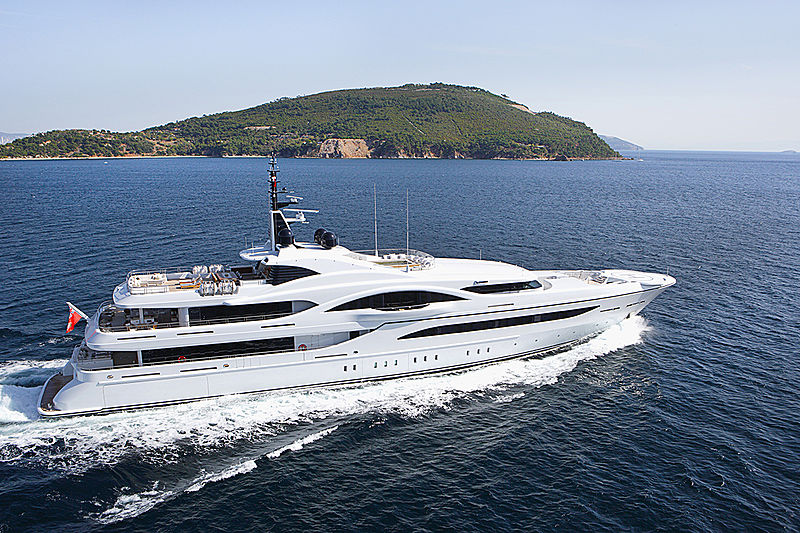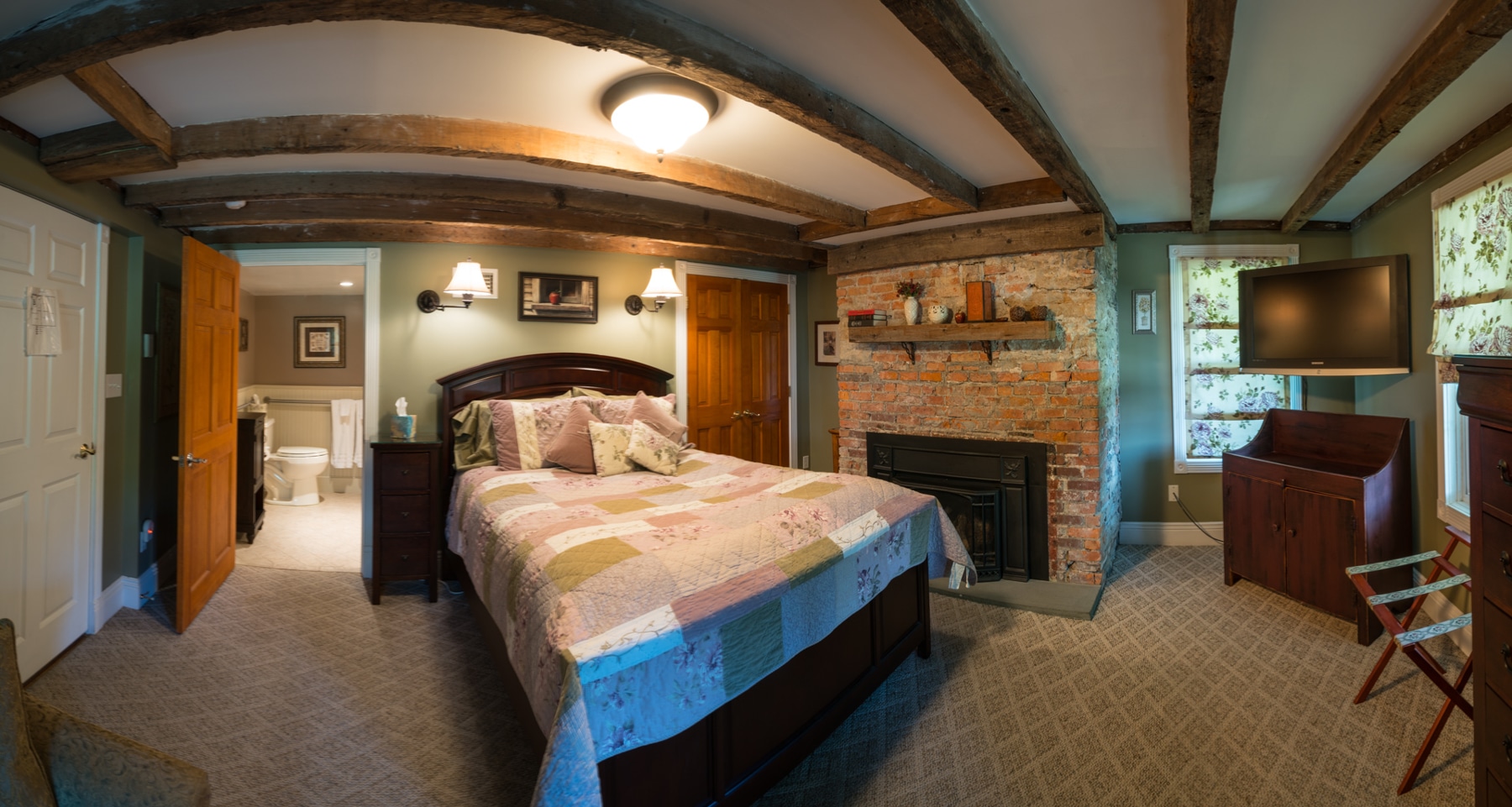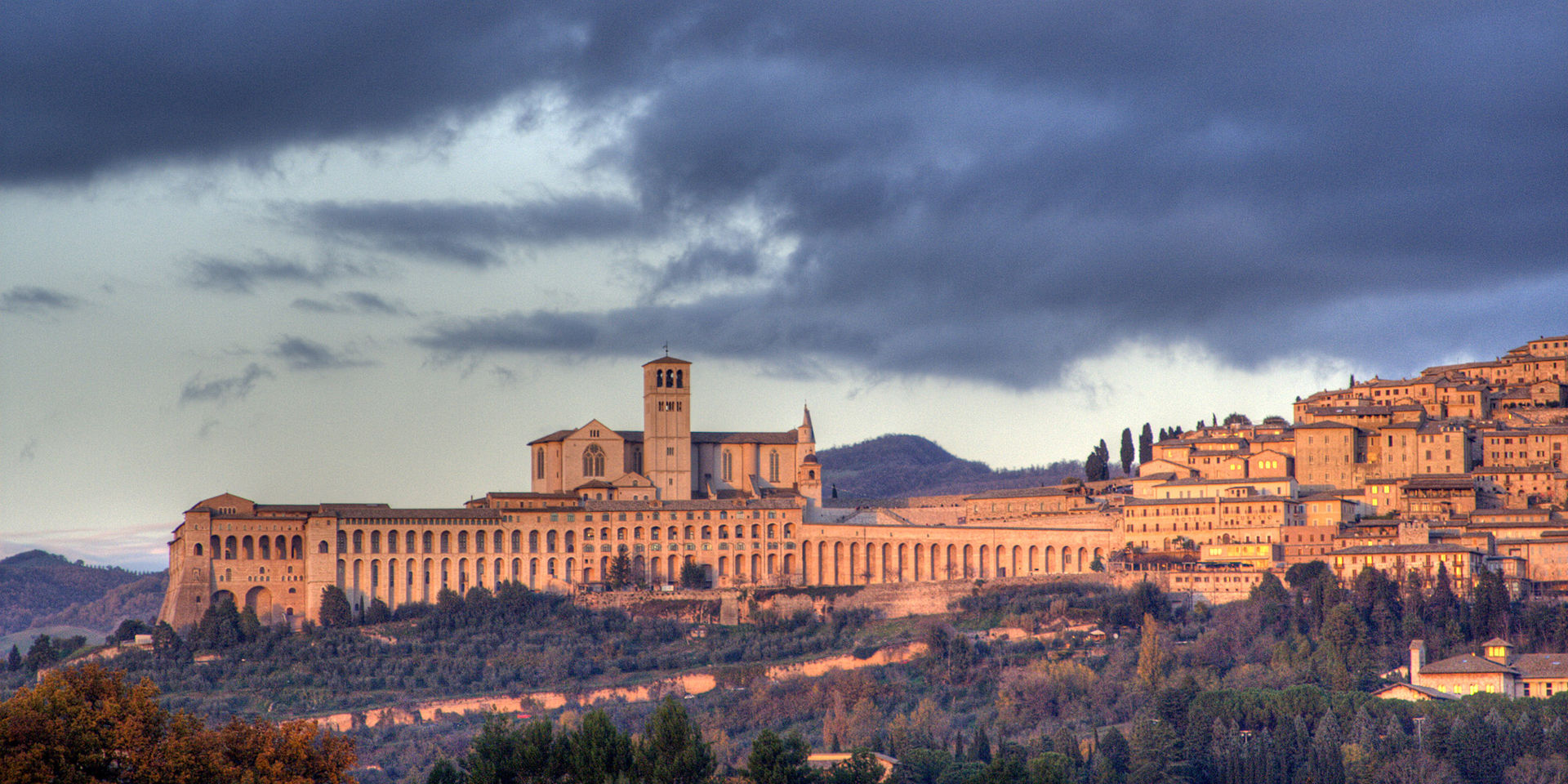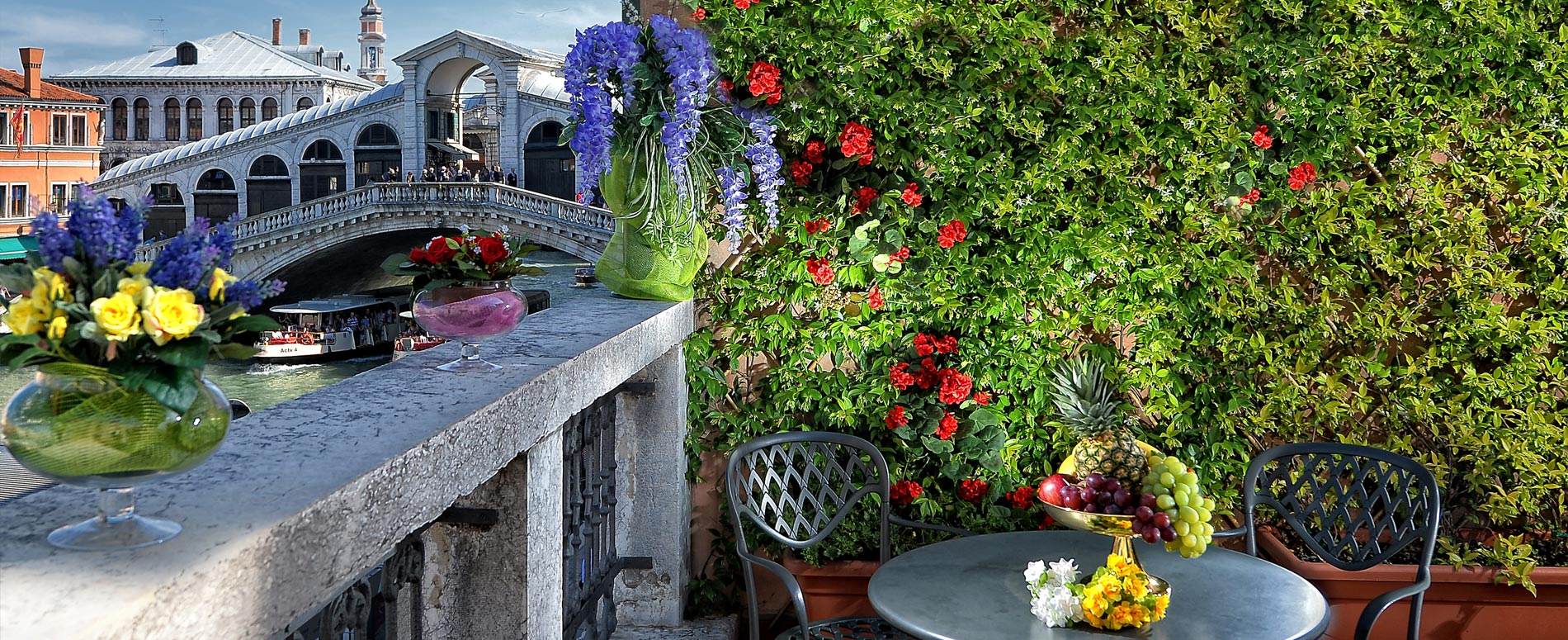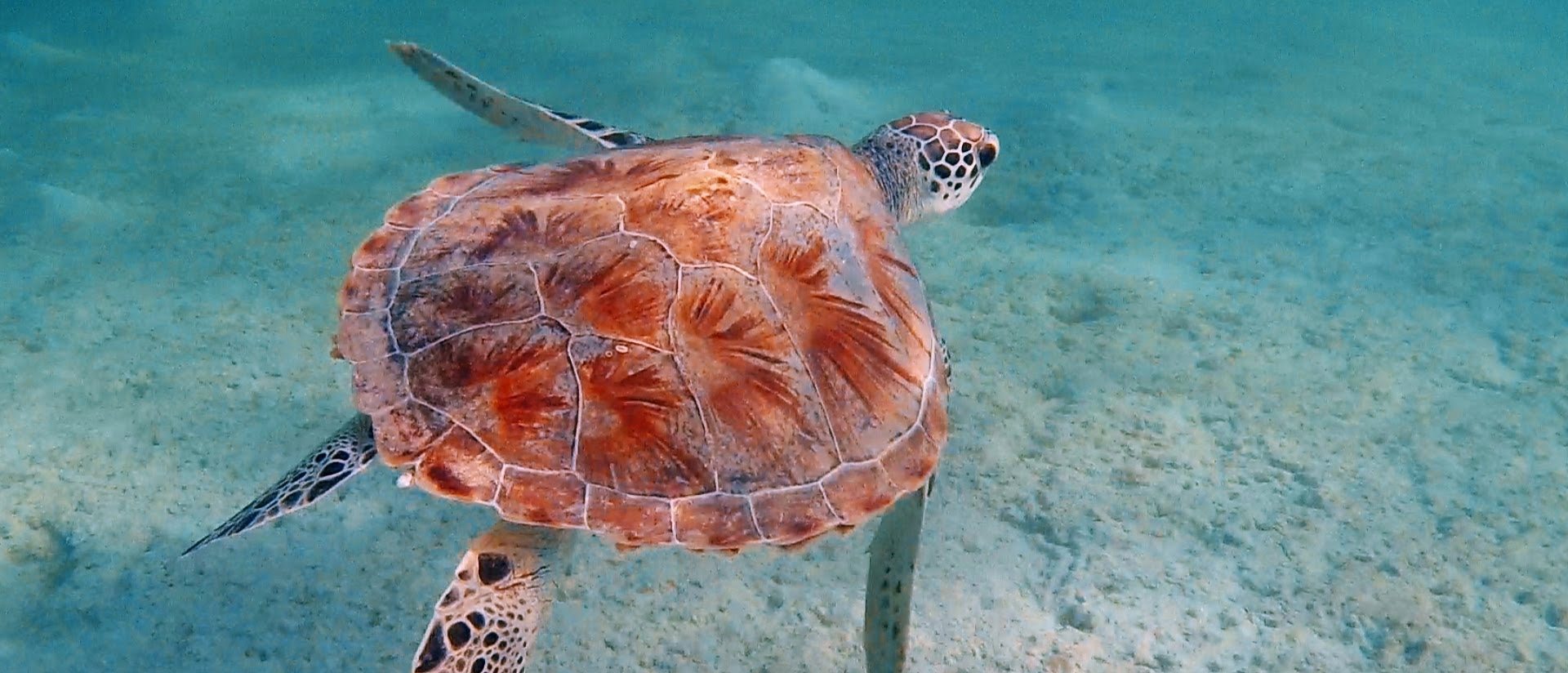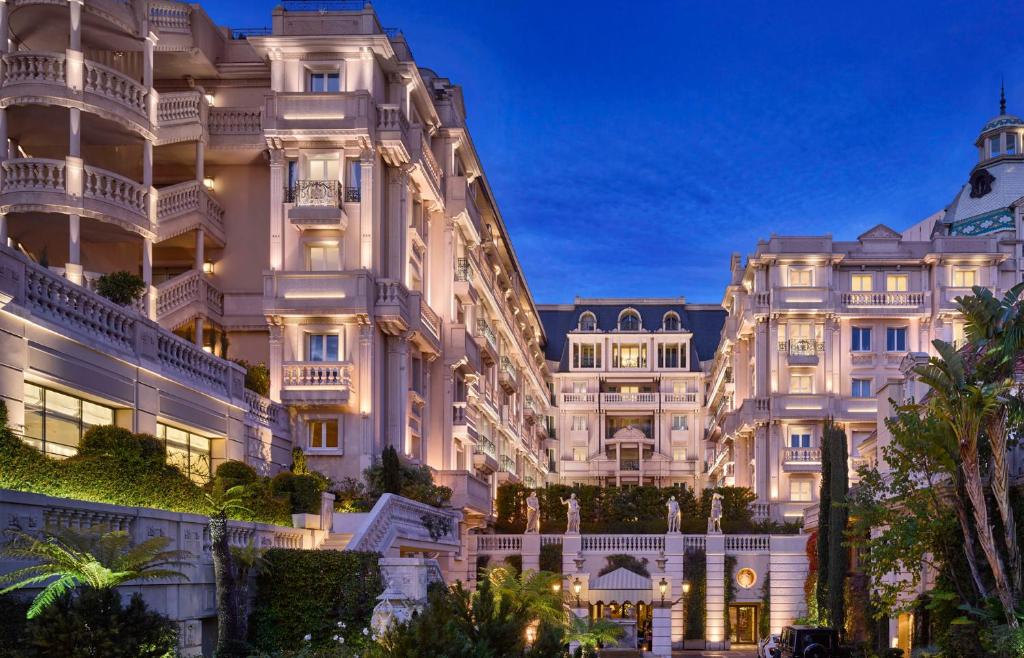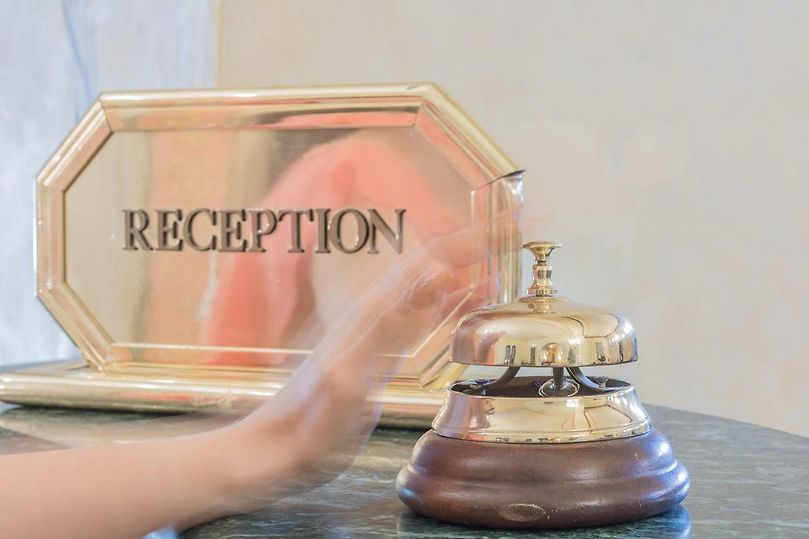Katima Mulilo
Katima Mulilo or simply Katima is the capital of the Zambezi Region in Namibia. It is located in the Caprivi Strip. It had 28,362 inhabitants in 2010, and comprises two electoral constituencies, Katima Mulilo Rural and Katima Mulilo Urban. It is located on the national road B8 on the banks of the Zambezi River in lush riverine vegetation with tropical birds and monkeys. The town receives an annual average rainfall of 654 millimetres (25.7 in).
History
The name comes from the SiLozi for quench the fire, referring to nearby rapids in the Zambezi). From early days (and before the advent of fire-lighting matches), there was river transport by barge (propelled by paddlers) along the Zambesi from Livingstone to Sesheke, on past the Ngonye Falls at Sioma, where an attempt was made in about 1905 to bypass the Falls with a canal. Barges were unloaded and dragged by oxen around the Falls. The route continued to Mongu, the administrative capital of Barotseland, and on Northwards to the settlement of Balovale (now Zambesi) in the North West of Zambia, at 13.551°S 23.115°E. When the barge reached Katima Mulilo, the fire was extinguished (but embers kept), and the barge was unloaded and then dragged empty up the rapids, and re-loaded before continuing the journey - but not before the fire was re-lit.
On 28 January 1935, the administrative centre of the Caprivi Strip was moved from Schuckmannsburg to Katima Mulilo. This date is assumed as the foundation date of Katima Mulilo. The regional office, the only brick-and-mortar building at Katima Mulilo at this time when the area consisted exclusively of pristine forests, was built under a giant Baobab situated near today's SWAPO Party regional offices. In present times the tree is known as the Toilet Tree because of a restroom carved into it.
Katima Mulilo was very sparsely populated at that time. It had a missionary school run by the Seventh-day Adventists, and the small settlements were connected only by sleigh tracks. Without any roads nor other infrastructure, it was difficult to administer the Caprivi Strip from here. The South African administration, therefore, decided to shift the regional office again, this time to Pretoria, in 1939. Given its proximity to important transport routes, particularly the railway bridge at Victoria Falls, the location of Katima Mulilo became strategically important in the Second World War which broke out soon afterwards. All military supplies, people, and goods had to be flown in. The town's first car came in 1940 and belonged to the airstrip operator.
In 1940, William "Bill" Finaughty established the first shop in the Caprivi Strip in Katima Mulilo; the settlement that surrounded the shop was subsequently named after him. In the 1950s transport on the Zambezi River was established and allowed connection to the train service at Livingstone. The M'pacha Airfield, today Katima Mulilo Airport, was constructed in 1965 at a cost of 65 million Rand, an astronomical amount at that time when 2 Rand roughly equalled 1 Pound sterling. A police station was erected in 1961.
Katima Mulilo became a segregated town in 1965 when the erection of the Nghweeze township began. The South African administration was unhappy with the Mafulo informal settlement where members of the Caprivi African National Union (CANU) were staying and conducting political activism. As a response to this development, Nghweeze (derived from totela language: which literally means "stab me") township was established to enable some degree of control over Blacks by only allowing local workers and their families to take up residence. At the same time the central parts of Katima Mulilo were declared the Katima Mulilo Proper residential area and restricted to Whites. Contract workers from the company Lewis Construction from Salisbury (today's Harare) in Southern Rhodesia (today's Zimbabwe) that built Nghweeze camped in an area that for this heritage is named the Lewis informal settlement. The town had only 575 inhabitants at that time but grew to over 5,000 by 1978.
In 1971 the area around Katima Mulilo got involved in the South African Border War. As in World War II, it was a strategically important location, this time due to troop transports into and out of Zambia and Angola.
The settlement also was at the centre of the Caprivi conflict in the 1990s, an armed conflict between the Caprivi Liberation Army (CLA), a rebel group working for the secession of the Caprivi Strip, and the Namibian government. In the early hours of 2 August 1999, CLA launched an attack occupying the state-run radio station and attacking a police station, the Wenela border post, and an army base. A state of emergency was declared in the province, and the government arrested alleged CLA supporters.
The nearest Namibian town to Katima Mulilo is Rundu, about 500 km away. About 40 km east of Katima Mulilo lies the village of Bukalo, where the road to Ngoma branches off that joins Namibia to Botswana.
Economy and development
Established and run as a garrison for a long time, Katima Mulilo still shows signs of its military role today. In the city centre was the South African Defence Force military base, almost every house had a bomb shelter. The town benefited from the military presence in terms of infrastructure and employment, and there are still a number of military bases surrounding the town.
Since the opening of the Katima Mulilo Bridge in 2004 that spans the Zambezi River and connects the Zambian Copperbelt with the Namibian deep-sea harbour at Walvis Bay, Katima Mulilo has become a boomtown that attracts significant investment. This development has, however, also fanned illegal business activities, and driven the establishment of shantytowns to an extent that endangers social stability.
The town features an Export Processing Zone and the largest open market in Namibia. There is an important international electricity inter–link facility, the Caprivi Link Inter–Connector; its inauguration has improved the power supply to the town. The Zambezi Waterfront Tourism project is currently under construction. The Caprivi Vision, a newspaper from and for the Caprivi, is published in town.




